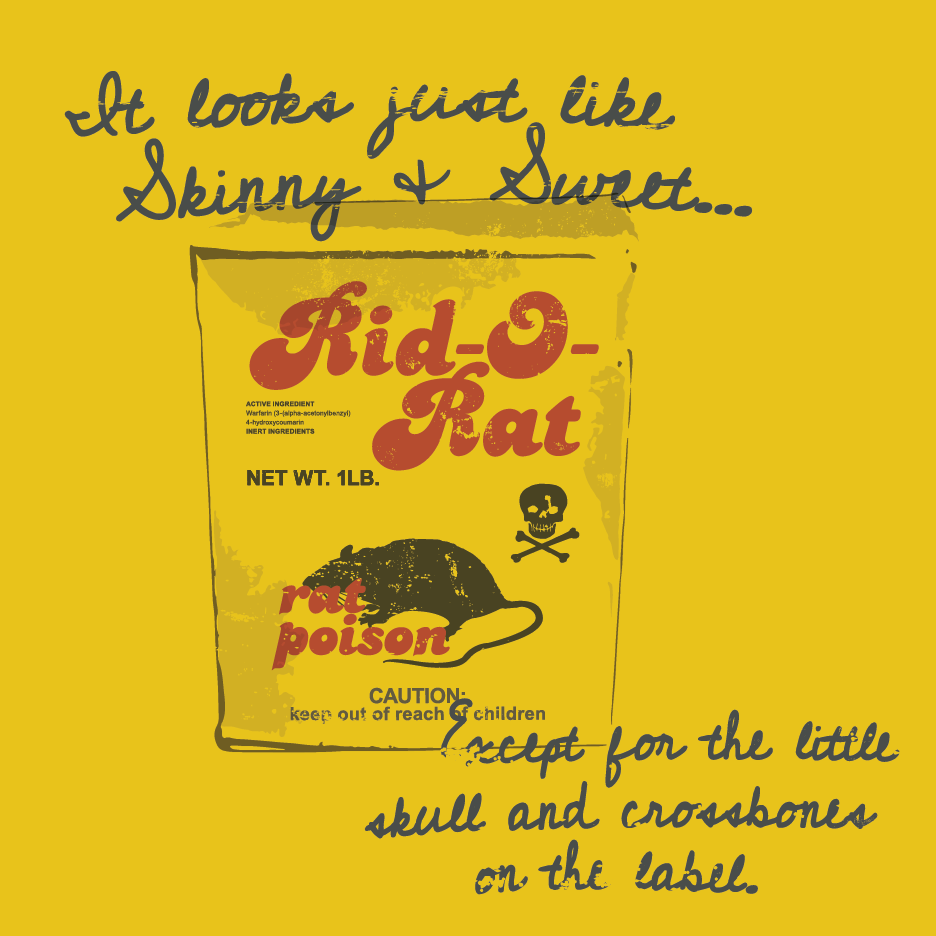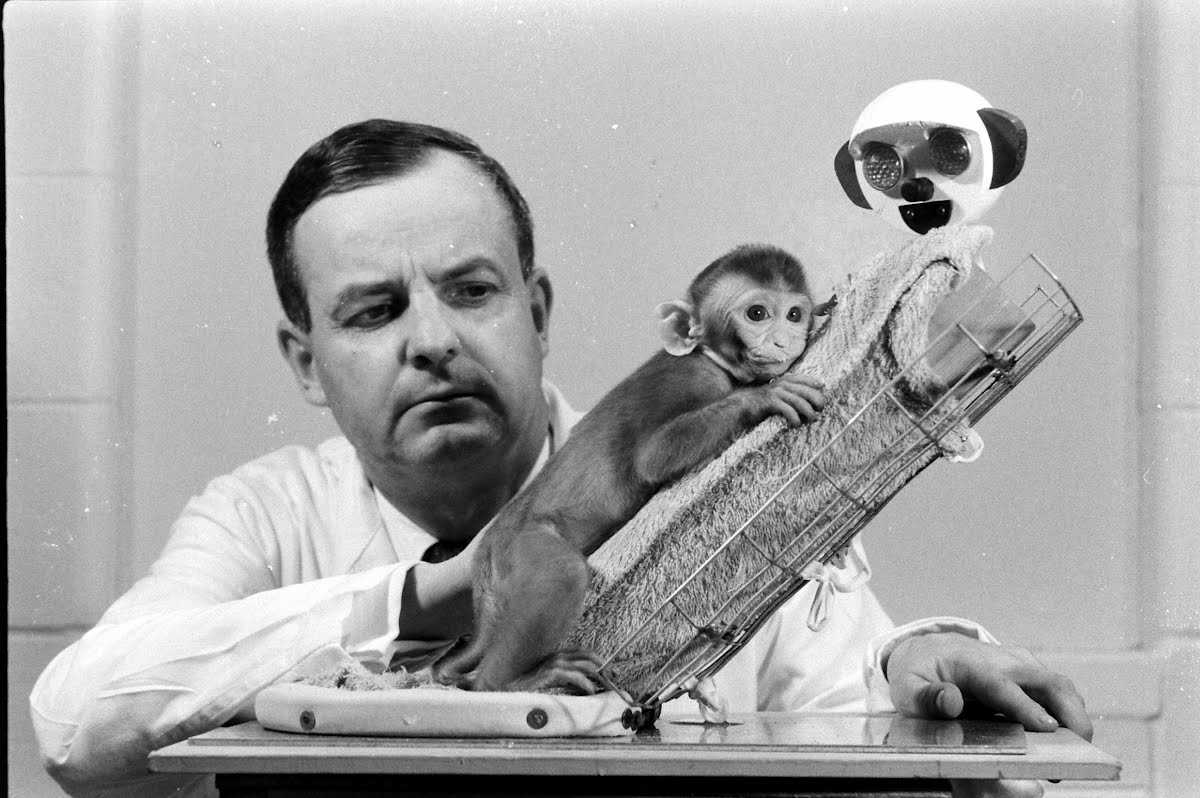Category: Bad Food
-
What Is Metalloproteinase?
Metalloproteinase – the name alone screams “I’m here to ruin everything” – is a feral pack of enzymes armed with metal claws (zinc, mostly, because it’s the shiniest weapon in the elemental arsenal) that shred proteins like they’re auditioning for a slasher flick. These molecular psychopaths don’t just cut – they obliterate, turning the extracellular…
-

What Are Plant Matrix Metalloproteinases?
Plant matrix metalloproteinases are metalloproteins and zinc enzymes found in plants. Matrix Metalloproteinase Matrix metalloproteinases (MMPs) are zinc endopeptidases, commonly called metzincins. MMP enzymes represent an ancient family of proteins with major similarities in genetic make-up that are present in a range of diverse organisms from unicellular bacteria to multicellular vertebrates and invertebrates. The superfamily is distinguished due to its motif consisting of three histidines bonded to…
-

What Is Carnoy’s Solution?
Carnoy’s solution is a fixative composed of 60% ethanol, 30% chloroform and 10% glacial acetic acid, 1 gram of ferric chloride.[1][2] Carnoy’s solution is also the name of a different fixation composed of ethanol and glacial acetic acid (3:1).[3][4][5] Hm..and here are some articles that come up on a search for Carnoy’s solution at Science Direct I haven’t read them all but this…
-
Lipofuscin is the name given to fine yellow-brown pigment granules composed of lipid-containing residues of lysosomal digestion and considered to be one of the aging or “wear-and-tear” pigments
Lipofuscin is the name given to fine yellow-brown pigment granules composed of lipid-containing residues of lysosomal digestion.[1][2] It is considered to be one of the aging or “wear-and-tear” pigments, found in the liver, kidney, heart muscle, retina, adrenals, nerve cells, and ganglion cells.[3] Formation and turnover Lipofuscin appears to be the product of the oxidation of unsaturated fatty acids and may be symptomatic of membrane damage, or damage to mitochondria and lysosomes. Aside from a large lipid content,…
-

What Is Nitrophenol? (besides something mentioned in ‘Scientific Opinion on the re‐evaluation of aspartame as a food additive’)
Nitrophenols are compounds of the formula HOC6H5−x(NO2)x. The conjugate bases are called nitrophenolates. Nitrophenols are more acidic than phenol itself. Wikipedia Mono-nitrophenols with the formula HOC6H4NO2. Three isomeric nitrophenols exist: o-Nitrophenol (2-nitrophenol; OH and NO2 groups are neighboring; CAS number: 88-75-5), a yellow crystalline solid (m.p. 46 °C). m-Nitrophenol (3-nitrophenol, CAS number: 554-84-7), a yellow solid (m.p. 97 °C) and precursor to the…
-

Another reason not to feed pigeons – your food is poison?
I can’t tell you why except they showed up on a wiki search. Climate change has a negative effect on this bird, and reproductive performance decreases with increased temperatures. It is also particularly vulnerable to oil, and adults near oiled shores display symptoms of hepatocellular injury, where elevated levels of aspartate aminotransferase can be found in the liver. Otherwise,…
-

What is the difference between teratogenic and embryotoxic?
Embryotoxicity is any morphological or functional alteration caused by chemical or physical agents that interferes with normal growth, homeostasis, development, and differentiation of fetus. Gametogenesis, Fertilization and Early Development – Environmental Contaminants on Embryogenesis, Calivarathan Latchoumycandane, Premendu P. Mathur, in Encyclopedia of Reproduction (Second Edition), 2018 My guess is that “embryotoxin” is a broad umbrella intended to cover all harmful agents, and…
-

The tale known as “The Poison Dress” or “Embalmed Alive” features a dress that has in some way been poisoned
The tale known as “The Poison Dress” or “Embalmed Alive“[1] features a dress that has in some way been poisoned. This is a recurring theme throughout legends and folktales of various cultures, including ancient Greece, Mughal India, and the United States. Although lacking evidence suggesting that some American urban legends are directly linked to the classical tales, they share several common motifs.[2] Greek mythology Main…
-

4-Nitrophenol mentioned in ‘Scientific Opinion on the re‐evaluation of aspartame (E 951) as a food additive’ (2013)
3.2.6.2. Studies on the effect of aspartame administration on xenobiotic metabolising enzymesAn early study (E15, 1972) indicated that the oral administration of aspartame to male Charles River rats (2000-4000 mg/kg) for four days had no acute effect on hepatic cytochrome P450 (CYP)-mediated xenobiotic metabolism, as measured as aminopyrine N-demethylation, p-nitroanisole Ndemethylation, hexobarbital sleeping time or…
-

Aspartame was discovered by James M. Schlatter (1930 – 2019)
Lead chemist and developer of Aspartame used to make NutraSweet and Equal artificial sweeteners
-

Torunn Atteraas Garin (1947 – 2002)
Norwegian chemical engineer who helped develop aspartame sweetener as a sugar substitute while working for General Foods (1971-85)
-

Green synthesis of gold nanoparticles using aspartame and their catalytic activity for p-nitrophenol reduction
Wu S, Yan S, Qi W, Huang R, Cui J, Su R, He Z. Green synthesis of gold nanoparticles using aspartame and their catalytic activity for p-nitrophenol reduction. Nanoscale Res Lett. 2015 May 8;10:213. doi: 10.1186/s11671-015-0910-7. PMID: 25991916; PMCID: PMC4431991. Abstract We demonstrated a facile and environmental-friendly approach to form gold nanoparticles through the reduction…
-

“People with a rare hereditary disease known as phenylketonuria (PKU) have a difficult time metabolizing phenylalanine, a component of aspartame, and should control their intake of phenylalanine from all sources, including aspartame.”
Aspartame is approved for use in food as a nutritive sweetener. Aspartame brand names include Nutrasweet®, Equal®, and Sugar Twin®. It does contain calories, but because it is about 200 times sweeter than table sugar, consumers are likely to use much less of it. FDA approved aspartame in 1981 (46 FR 38283) for uses, under certain conditions, as a tabletop sweetener,…
-

Experimental (induced) phenylketonuria in infant monkeys – A high phenylalanine diet produces abnormalities simulating those of the hereditary disease (1965)
Experimental phenylketonuria can be produced in infant monkeys by feeding excessive quantities of L-phenylalanine soon after birth. Both the phenylketonuric monkey and the phenylketonuric human patient have elevated plasma levels of phenylalanine, and monkey and human excrete almost the same phenylalanine metabolites in the urine. Grand-mal convulsions, observed in some children with phenylketonuria, were also…
-

James S. (Jim) Turner, an attorney and consumer advocate who was an original “Nader’s Raider,” passed away suddenly at his Washington, D.C. home on January 25. He was 81.
In 2021, Turner was instrumental in forcing the FDA to release its documents on aspartame. At the time of his death, Turner had been preparing a lawsuit to get aspartame banned, using the Delaney Clause, incorporated into the Federal Food, Drug and Cosmetic Act by the Food Additives Amendment of 1958. The clause requires the FDA…
-

Harry F. Harlow (1905 – 1981), monkey man and former president of the American Psychological Association – I don’t believe the F is for Fred. Nope.
American psychologist best known for his controversial maternal-separation, dependency needs, and social isolation experiments on rhesus monkeys, which manifested the importance of caregiving and companionship to social and cognitive development. He conducted most of his research at the University of Wisconsin–Madison, where humanistic psychologist Abraham Maslow worked with him for a short period of time.…
Recent Posts
- 🧬 Disease Table with Low Sodium Connection
- 🧂 Sodium Reduction and Sodium Replacement: A History of Reformulation and Exploding Diseases, Including Many Diseases Unheard of Before Deadly Sodium Policies
- 🧂 The DEADLY 1500 mg Sodium Recommendation predates the WHO’s formal global sodium reduction push by nearly a decade (and it’s even worse than that)
- 🧬 What Is Beta-Glucuronidase?
- When Sugar Was Salt: Crystalline Confusion and the Covenant of Sweetness
Tags
ADAM ASPARTAME Birds Blood Bones Brain Bugs Cancer Columba Cows crystallography Death Death cults Eggs Etymology Gastrin Gold Growth hormone History Hormones Insulin Liver Mere Perplexity Metal Monkey Business Mythology Paracetamol Plants Poison Pregnancy Protein Religion Reproduction Rocks Salt Slavery Snakes Sodium the birds and the bees Thiocyanate Tobacco Tylenol Underworld Venom zinc
